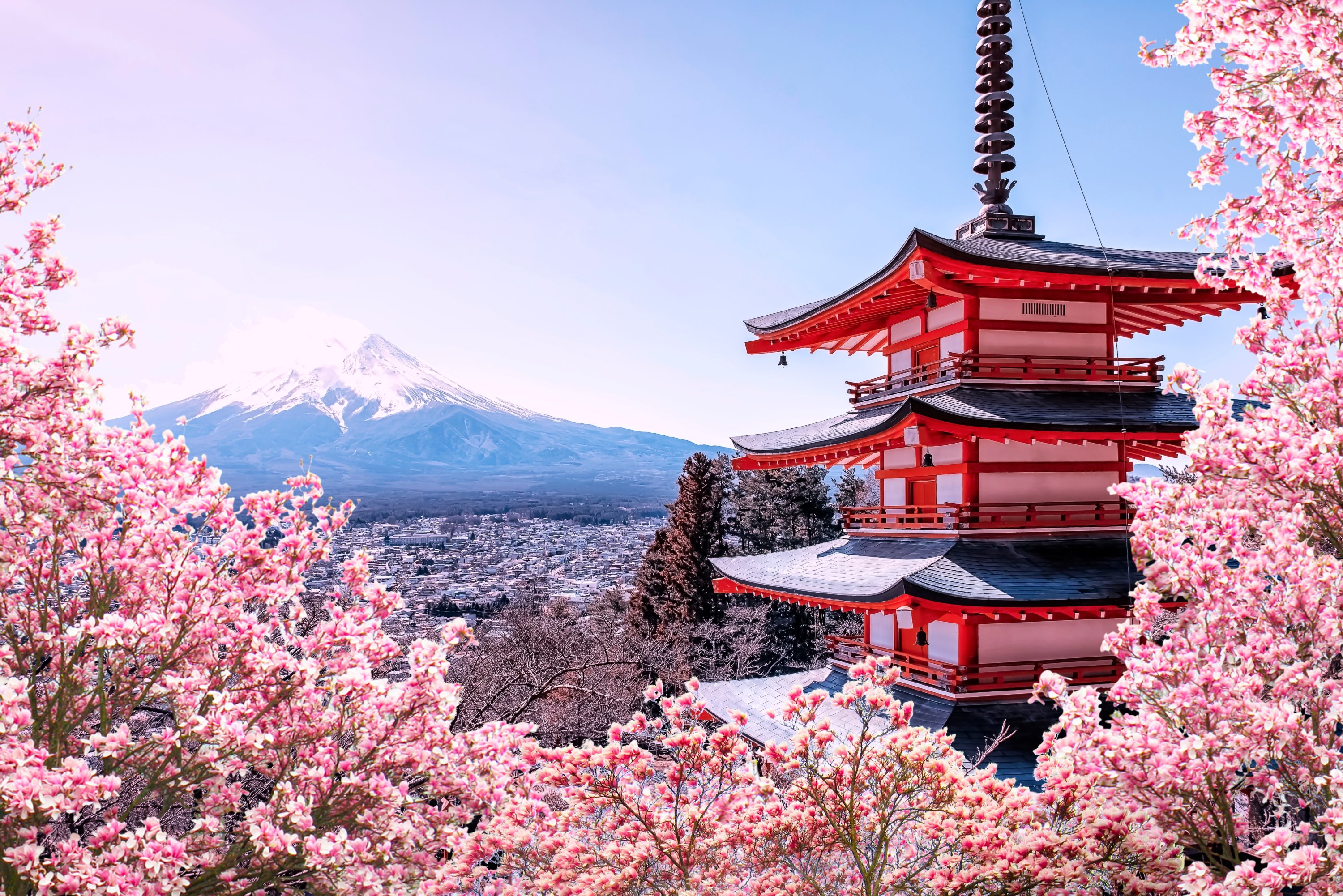
Japan, a land steeped in ancient traditions and dynamic modernity, is renowned for its vibrant and diverse cultural festivals, known as matsuri. These events are not merely spectacles; they are integral to the nation’s spiritual life, history, and community identity, offering a deep dive into the heart of Japanese culture. From ancient rituals honoring deities to celebrations of the changing seasons, matsuri provide a captivating glimpse into the soul of Japan.
Japanese festivals are often intrinsically linked to the seasons, each bringing its unique charm and significance.
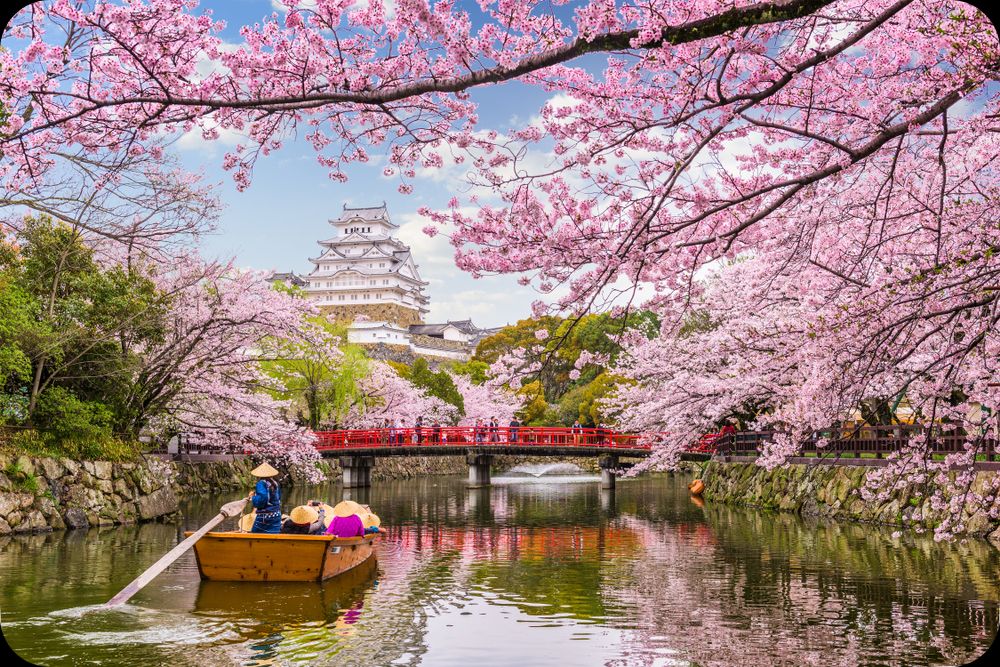

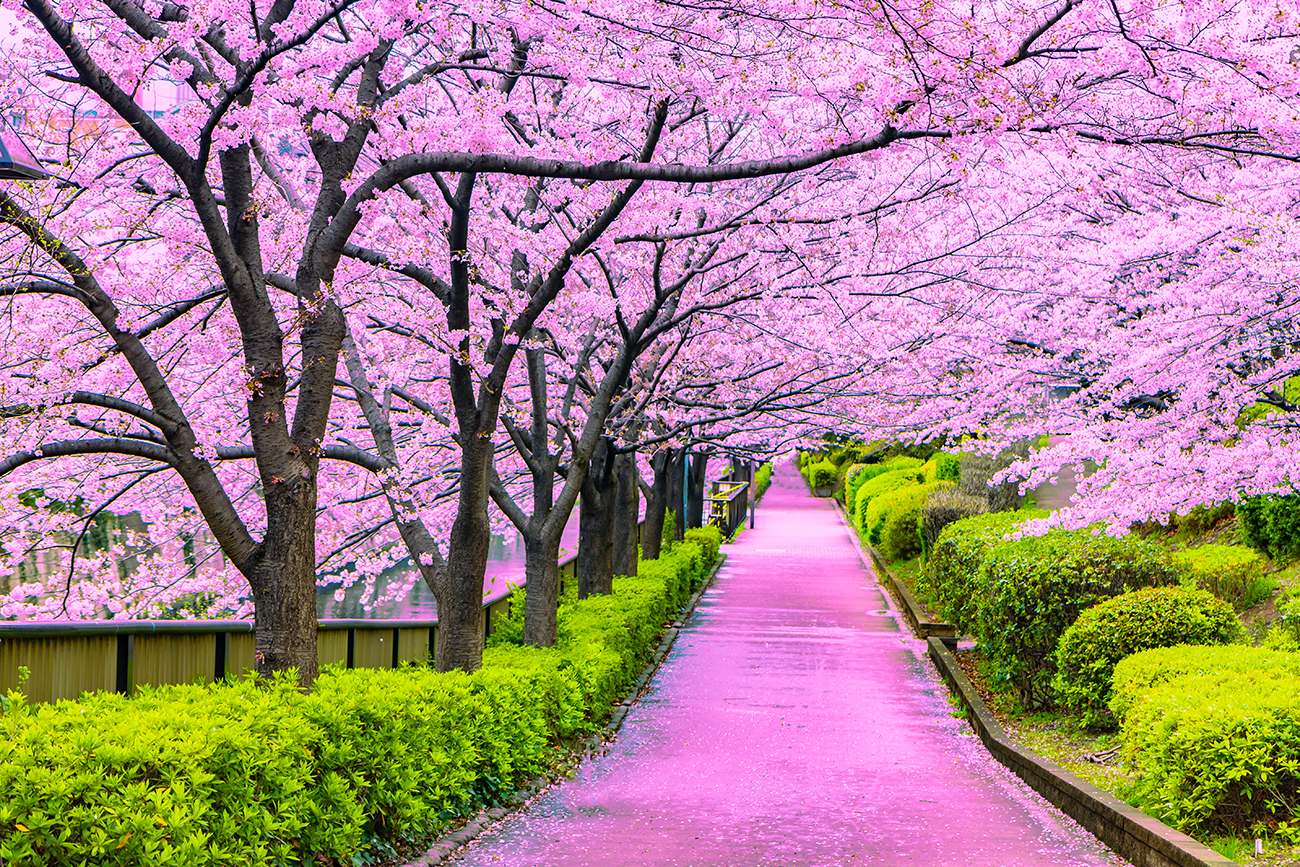
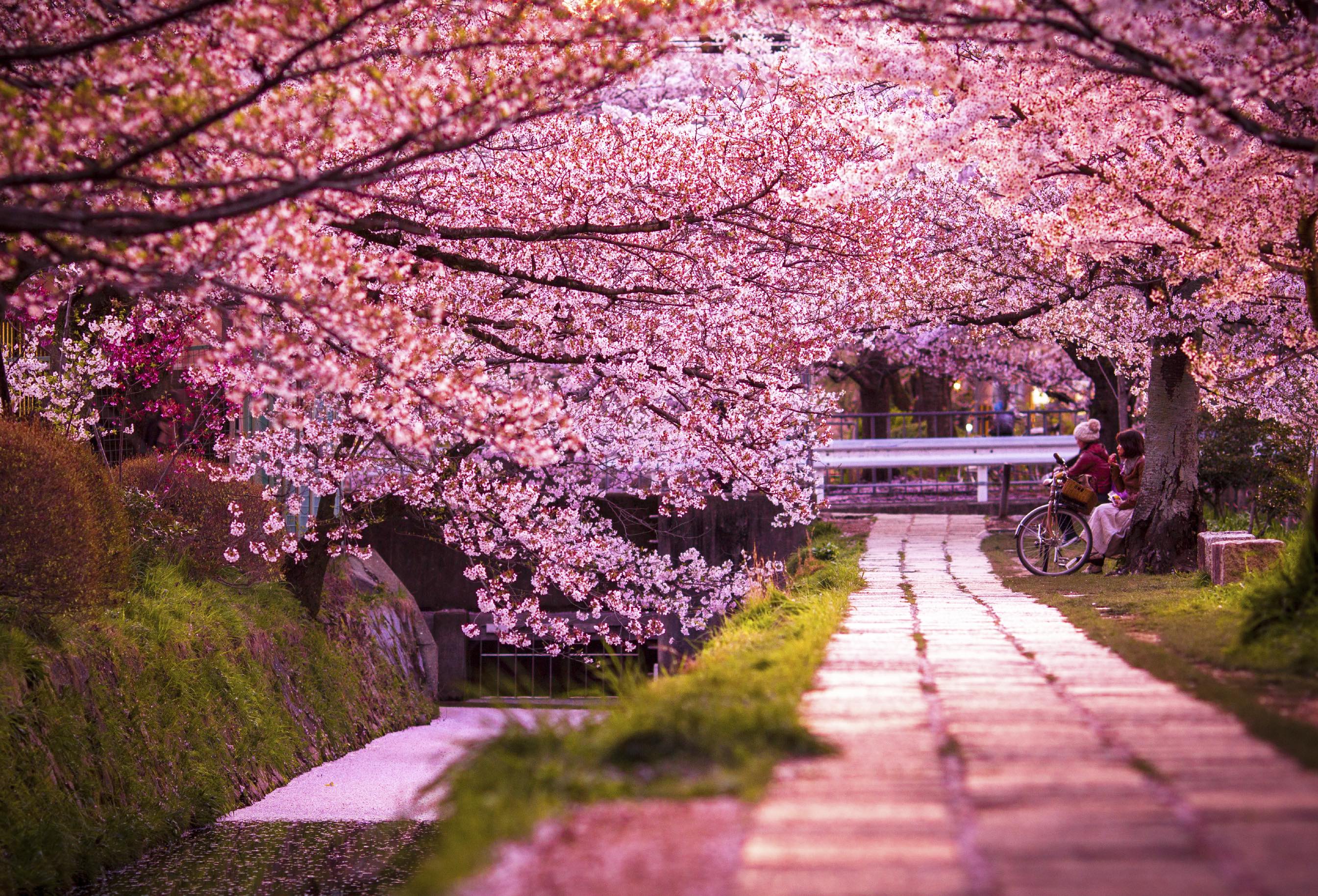
Spring in Japan is synonymous with Sakura Matsuri, or Cherry Blossom Festivals. As the delicate pink blossoms sweep across the country, countless local festivals emerge, celebrating this fleeting beauty. People gather under the blooming trees for hanami (flower viewing) picnics, often accompanied by traditional music, dance, and food stalls. While not a single event, the collective spirit of Sakura Matsuri transforms parks and riverbanks into lively hubs of celebration.
Another notable spring event is the Kanda Matsuri in Tokyo, one of the three great Shinto festivals of the city. Held in mid-May (though alternating with Sannō Matsuri, it’s often every odd-numbered year), it features elaborate processions with ornate mikoshi (portable shrines) carried through the streets, accompanied by traditional music and thousands of participants.
Summer ignites with some of Japan’s most spectacular and energetic festivals.
The Gion Matsuri in Kyoto, spanning most of July, is perhaps the most famous and historic of all Japanese festivals. Originating over a thousand years ago to pray for deliverance from plague, it is renowned for its magnificent yamaboko floats – towering, intricately decorated wooden structures, some weighing several tons. The highlight is the grand procession, Yamaboko Junko, where these floats are pulled through the city streets.
Tanabata, the Star Festival, is celebrated on July 7th (or August 7th in some regions). It commemorates the meeting of the deities Orihime and Hikoboshi (represented by stars Vega and Altair). People write wishes on colorful strips of paper (tanzaku) and hang them on bamboo branches, creating a magical atmosphere. Major Tanabata festivals can be found in Sendai and Hiratsuka.
The Awa Odori in Tokushima Prefecture (mid-August) is Japan’s largest traditional dance festival, drawing dancers and spectators from across the nation. Groups of dancers, known as ren, parade through the streets performing a distinct, energetic dance to the rhythm of shamisen, taiko drums, and flutes. The atmosphere is infectious, with the chant “Awa Odori, dancing fool; the same to you, watching fool!” echoing through the night.
The Nebuta Matsuri in Aomori City (early August) is famous for its colossal, illuminated lantern floats, often depicting brave warriors or mythical creatures. These dynamic floats are pushed through the streets, accompanied by dancers and musicians, creating a truly spectacular nighttime parade.
Autumn festivals often celebrate the harvest or commemorate historical events, taking on a more contemplative or artistic tone.
The Jidai Matsuri (Festival of Ages) in Kyoto, held on October 22nd, is a grand historical parade showcasing the chronological progression of Japanese culture through various eras, from the Meiji Restoration back to the Heian Period. Participants dress in meticulously recreated historical costumes, offering a living museum of Japan’s rich past.
Winter brings unique festivals that embrace the cold and snow.
The Sapporo Yuki Matsuri (Snow Festival) in Hokkaido (early February) is a world-renowned event featuring enormous, intricately carved snow and ice sculptures. These temporary works of art transform Odori Park and other venues into a glittering wonderland.
Setsubun, the Bean-Throwing Festival, is celebrated on February 3rd or 4th, marking the traditional end of winter and beginning of spring. People throw roasted soybeans (mame) out of their homes or at participants dressed as Oni (demons) while chanting “Oni wa soto! Fuku wa uchi!” (Out with demons! In with good fortune!). Many temples and shrines host large Setsubun events.
While each matsuri is unique, several common elements enhance the experience:
Attending a matsuri is an unforgettable way to experience Japan.
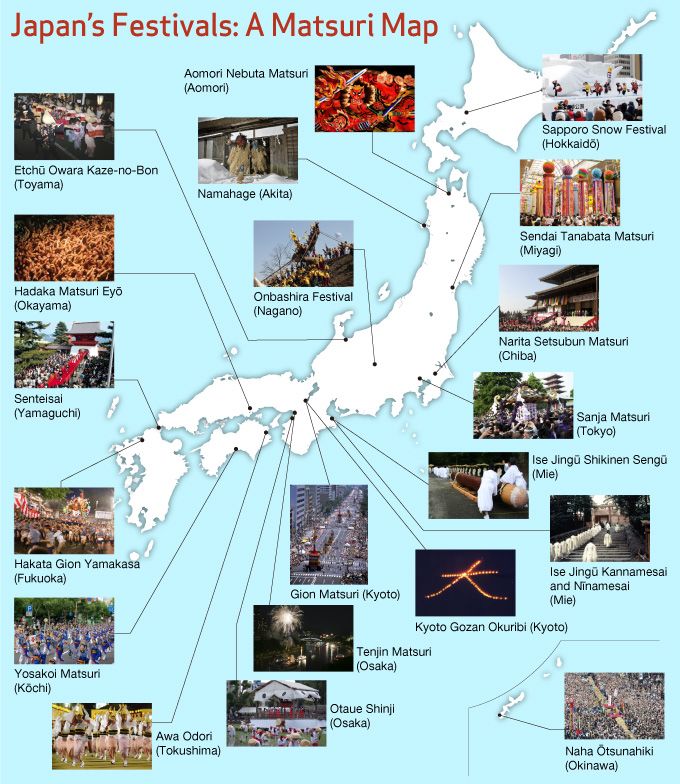 Photo by: Nippon
Photo by: Nippon
Japan’s cultural festivals are more than just events; they are living traditions that embody the spirit, history, and community bonds of the nation. Participating in a matsuri offers a truly immersive and enriching experience, revealing the vibrant heart of Japanese culture.